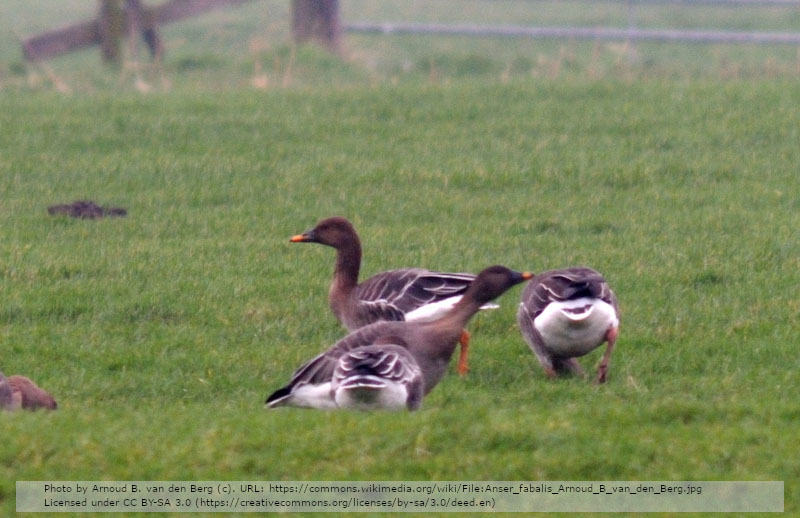Vårrastning av taigasädgås Anser f. fabalis i södra Sverige 2007 – uppskattning av storleken på populationer som nyttjar det västra och centrala flyttstråket
DOI:
https://doi.org/10.34080/os.v18.22677Nyckelord:
rastplatser, migration, Anatidae, underart, populationsstudier, flyttningAbstract
The Taiga Bean Goose Anser fabalis fabalis is one of few goose species under current decline. The species uses three flyways: the Scandinavian population migrates west of the Baltic Sea and the Bothnian Bay, the Finnish and western Russian populations take a central flyway, and the central Russian population migrates east of the Baltic Sea. On 17–21 March 2007, the number of birds using the western and the central flyways were counted at all staging sites in southern Sweden. During the count, practically the whole western and central flyway populations were concentrated in southern Sweden. We estimated the number of birds at 56,000. Recent estimates suggest that 5,000–6,000 of these birds breed in Scandinavia and use the western flyway. This means that approximately 50,000 birds used the central flyway. Assuming that a maximum of 30,000 birds wintered in Germany and used the eastern flyway, the global population of the Taiga Bean Goose amounted to a maximum of 85,000 birds. This is about 15,000 birds less than an estimate from 1999.
Nedladdningar

Downloads
Publicerad
Referera så här
Nummer
Sektion
Licens
Författaren/författarna innehar copyright för varje enskilt bidrag, men samtliga bidrag är publicerade under en Creative Commons-licens, så att vem som helst kan dela och återanvända bidraget förutsatt att copyright-innehavaren erkänns.







